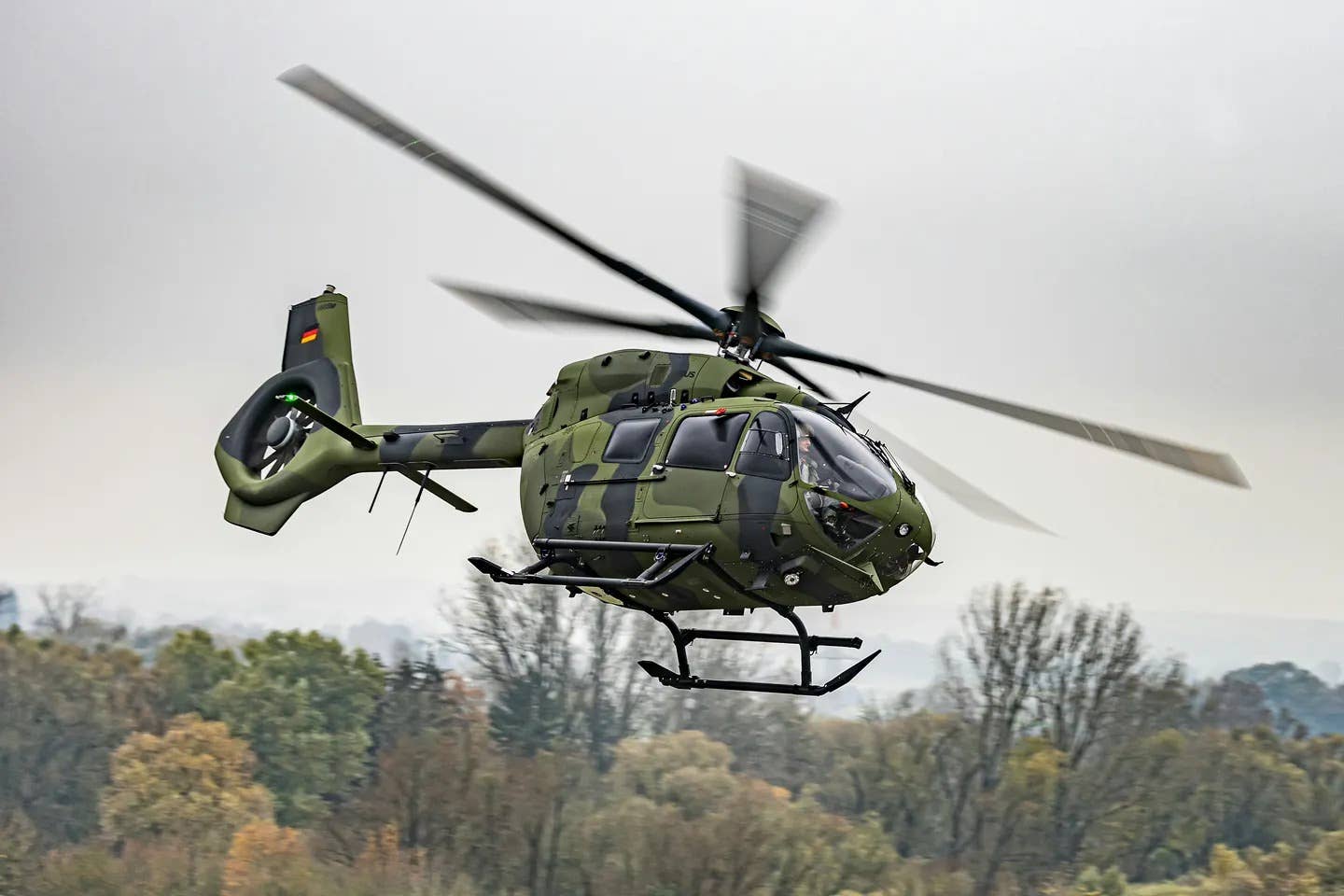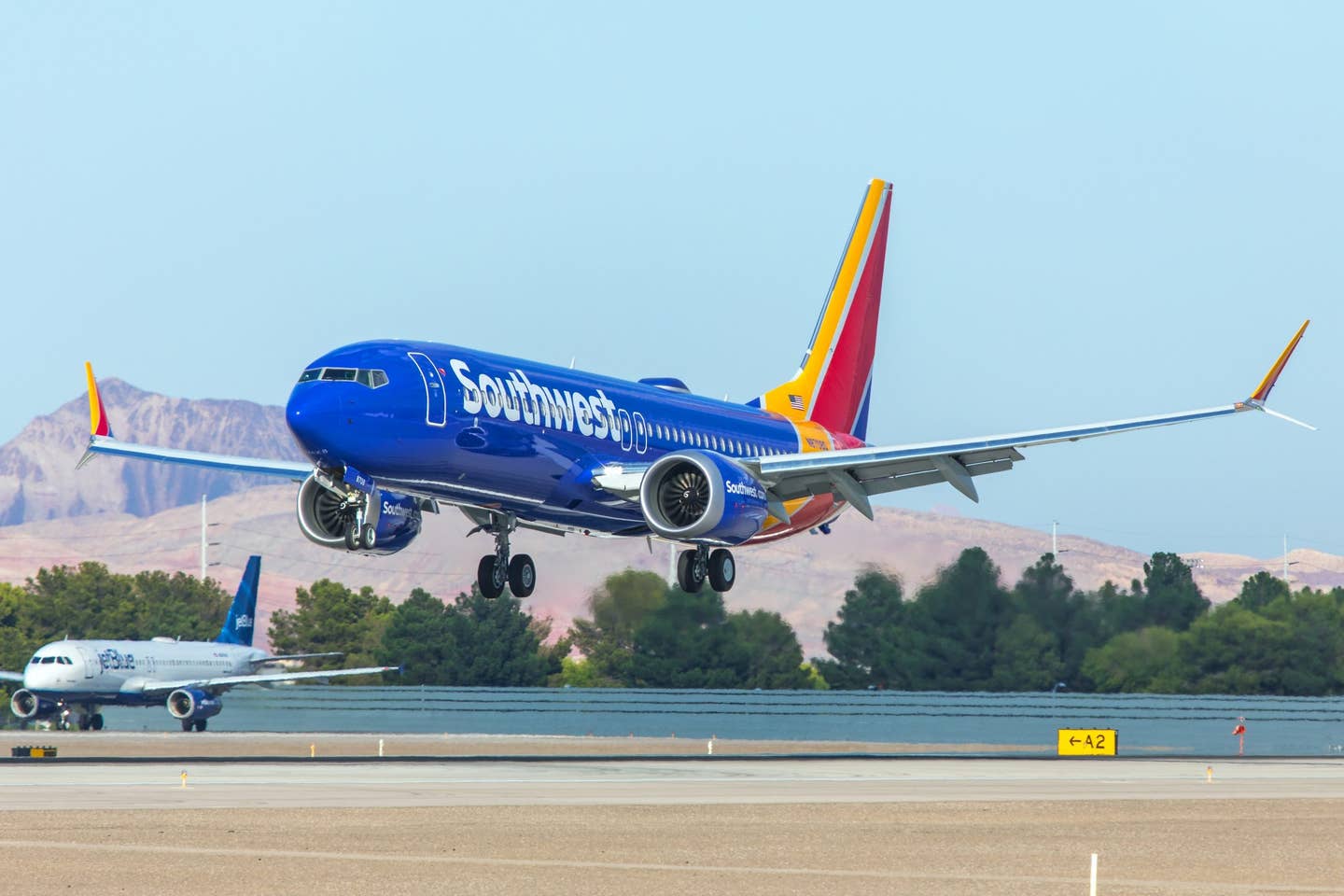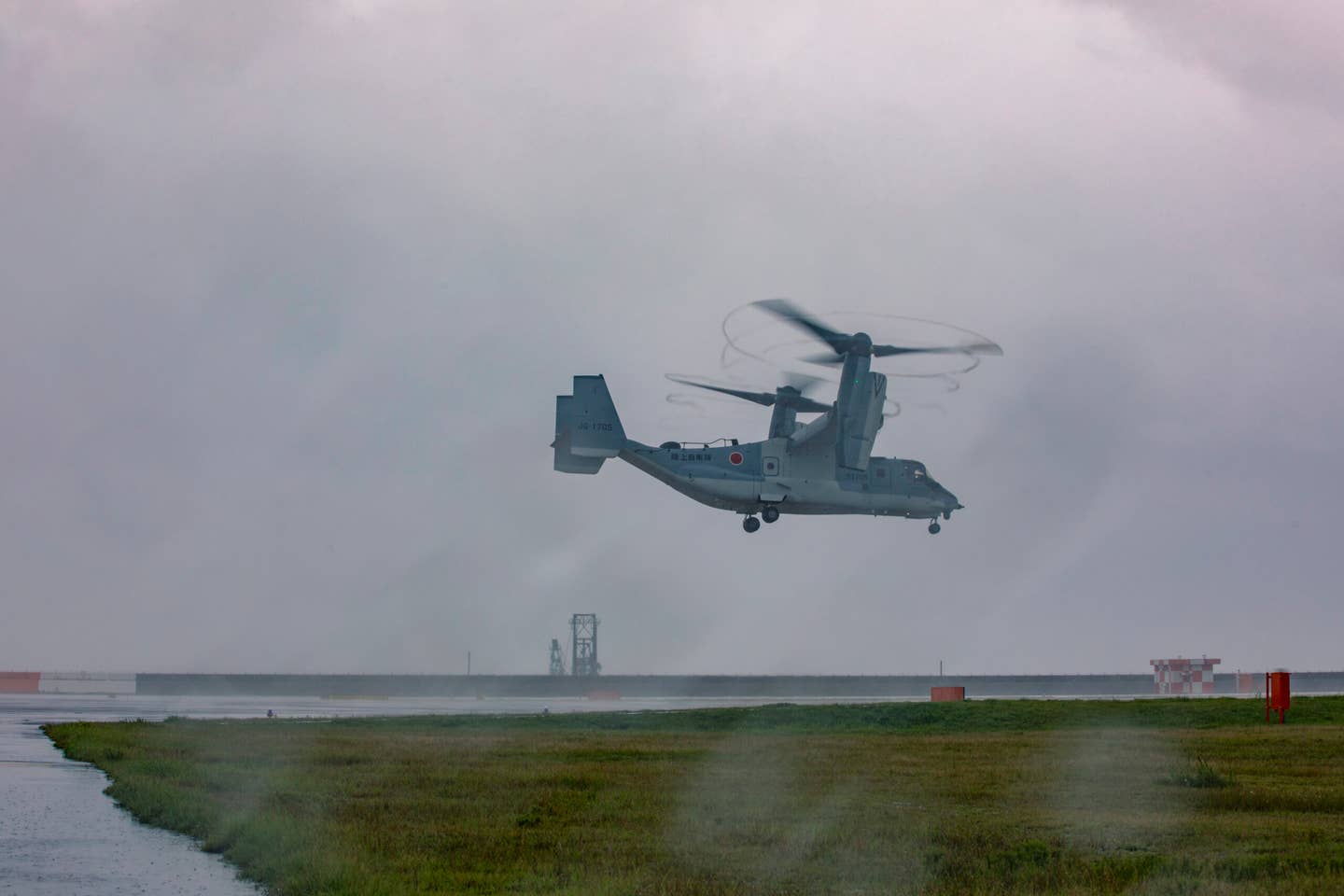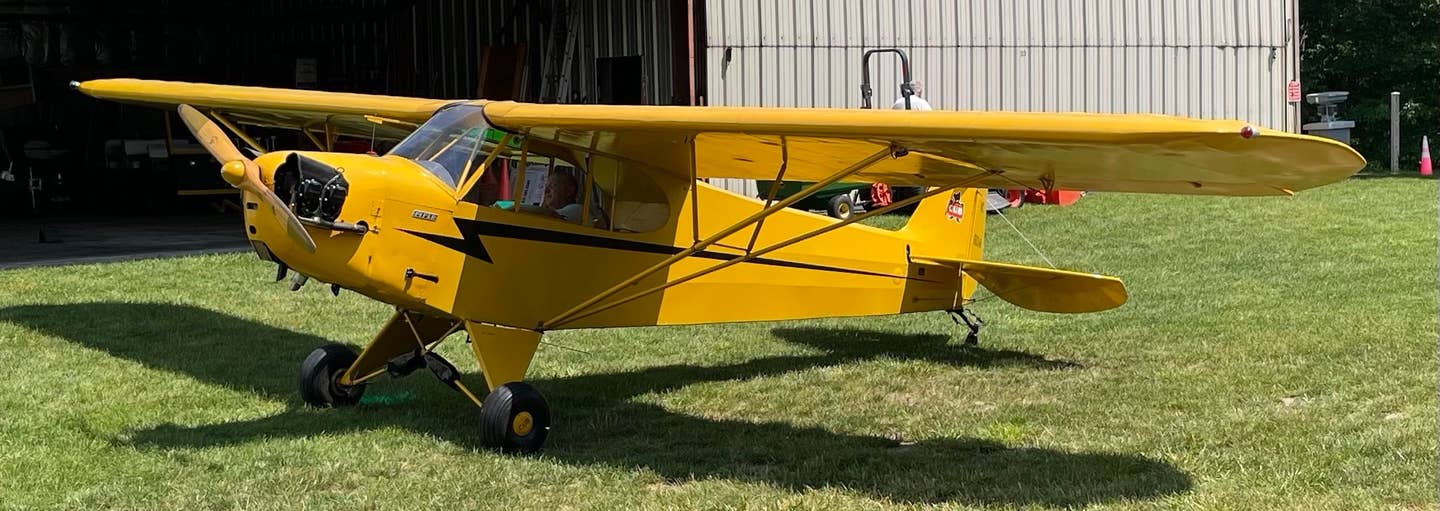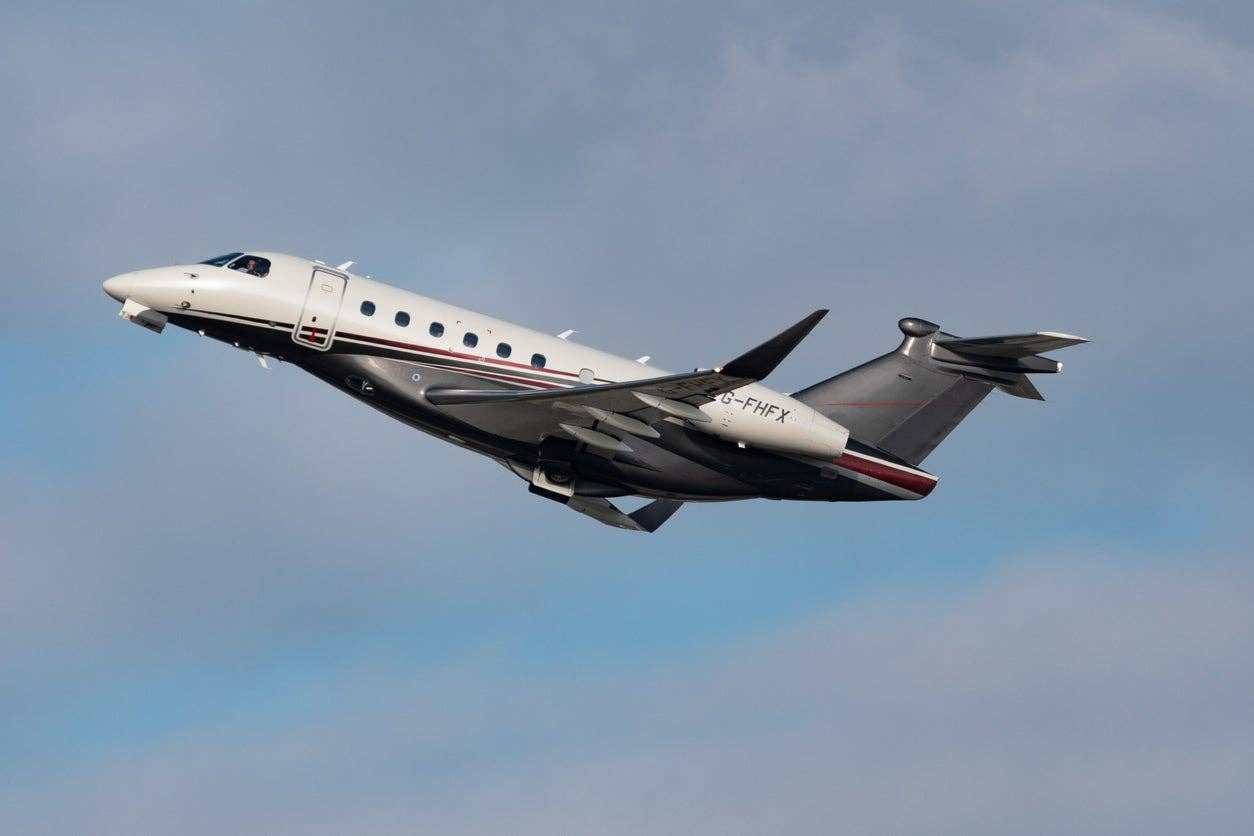
Cessna Skycatcher Cessna
At the end of each year, Flying editors review the year's significant aviation developments in search of remarkable accomplishments that represent innovation, determination and vision. Along the way we consider only those aircraft, avionics, pilot services and equipment that have been fully certified and have entered service during the year. For 2010, we chose five:
Skycatcher
The Cessna Skycatcher is at once one of the most unassuming airplanes in Cessna's production history and one of the most noteworthy. At a time when the introduction of light GA airplanes has come to a near standstill, Cessna has worked tirelessly to certify (in the LSA category) its first two-seater in more than 50 years. The company clearly held itself to a higher standard, including conducting extensive testing of the airplane's spin characteristics. It earned ASTM certification for the Skycatcher in late '09 and began deliveries last year. The airplane, which sells for $111,600, is produced in China and assembled in the United States. Cessna has orders for more than 700 Skycatchers; the airplane is the company's centerpiece for its Cessna Pilot Centers. Perhaps most importantly, the Skycatcher has helped re-energize the training marketplace, delivering a lot of excitement in an affordable-to-buy and affordable-to-operate two-seat trainer.
Embraer Phenom 300
A few short years ago Embraer was a company with little business aviation presence. Today, it's a major player, thanks in large part to the introduction of two clean-sheet designs, the entry-level Phenom 100 light jet and its bigger stablemate, the Phenom 300. Like the 100, the Phenom 300 features technology from nose to tail: With the Garmin Prodigy cockpit and the quiet and fuel-efficient Pratt & Whitney PW535E turbofans, the 300 brings a new level of innovation to the large-light niche. With excellent comfort for the size, impeccable styling, good range (nearly 2,000 nm) and speed (as fast as 253 knots), the $8.14 million Phenom delivers on every one of its guarantees and does it in high style.
Honeywell Primus Elite
Primus Elite, Honeywell's retrofit flat-panel solution for airplanes that have Primus CRT displays, might at first seem to be pedestrian, but a closer look reveals the brilliance of the product. With Primus Elite, bizjets get all the functionality of LCDs — there are a lot of things that CRTs will never be able to do, such as display charts or detailed weather — while being essentially plug-and-play replacements for the existing displays. Customers get not only huge cost savings on installation along with the much improved utility, including traffic, terrain, charts, weather, moving map and more, but much improved reliability as well. How good is Primus Elite? Several manufacturers, including Embraer and Gulfstream, are installing it as standard equipment in their brand-new high-dollar bizjets.
Apple iPad/Jeppesen Mobile TC
There's no doubt about it: 2010 was the year of the iPad, and in aviation this popular Apple computer brought new capabilities and new cost savings to pilots of airplanes from jets to Cubs. Through the process of adding "apps," small programs that do big things, often for small bucks, iPad owners can have a wealth of aviation capability ready to go at the touch of a finger. Our choice for the app of the year, Jeppesen's Mobile TC, is not the most capable nor the least expensive app on the market. In our opinion, it's just the best. What it does is display Jepp terminal charts on the iPad while allowing you to very quickly find, display, zoom and pan the selected procedure with a swipe and a squeeze. Our prediction: Expect more great aviation apps both from the iPad and from Jeppesen.
Robinson R66
For years Robinson Helicopter Co. founder Frank Robinson made it clear that he wouldn't be heading out the door until his company had certified his turbine model, the R66. Mission and retirement accomplished.
The R66 is not just a turbine version of the company's popular R44 four-seat piston single, as many have wrongly described it. Instead, it is a brand-new helicopter, a five-seater that makes use of a Rolls-Royce RR300 turboshaft engine, which puts out 300 shaft horsepower. The engine is the perfect power plant for the R66. While the R66 is slightly faster and slightly more powerful than the R44, its greatest strength is arguably its ability to fly where it's hot and high, conditions in which the little dynamo really shines. And lest you think the R66 is a departure for the company that made its name on affordable piston helicopters, the R66 came in at less than $800,000, a couple of hundred thousand dollars less than its nearest would-be competitor.

Sign-up for newsletters & special offers!
Get the latest FLYING stories & special offers delivered directly to your inbox

